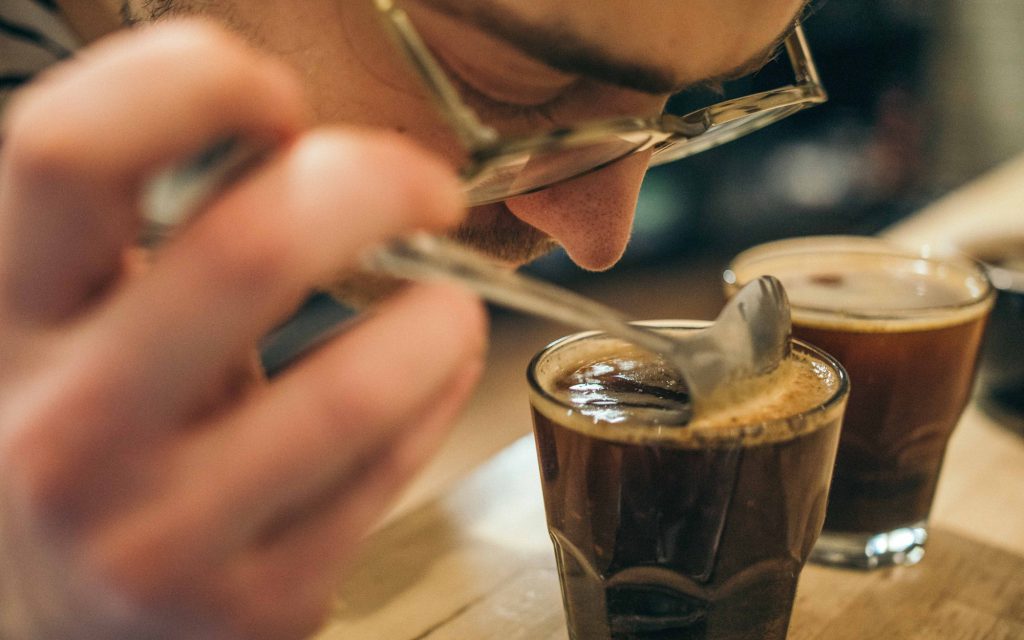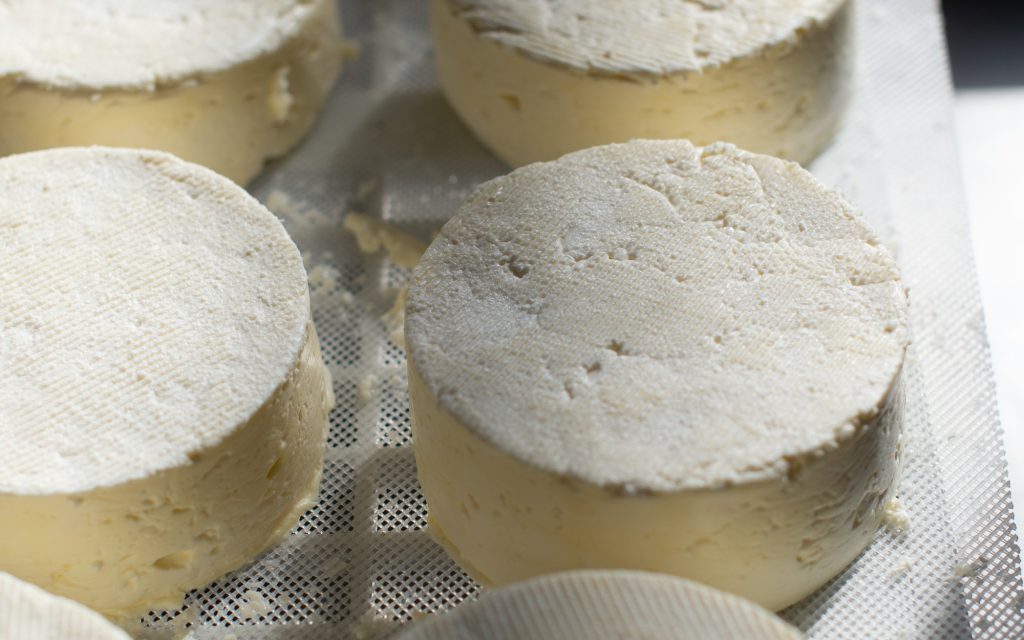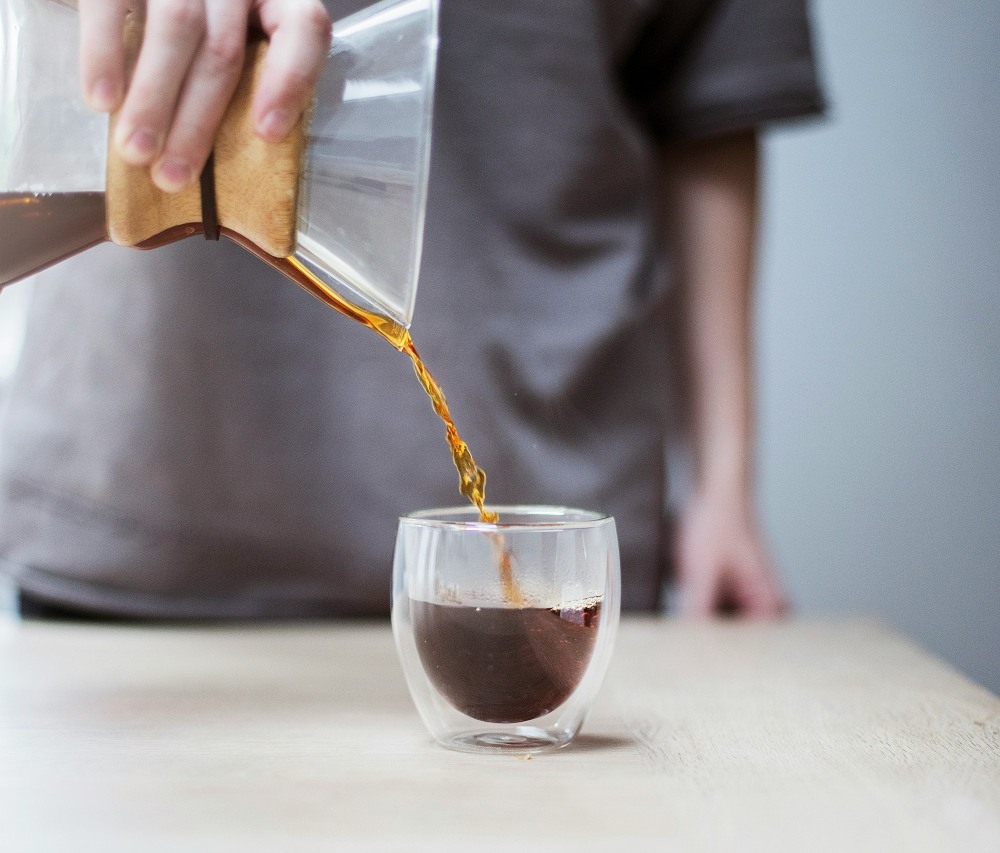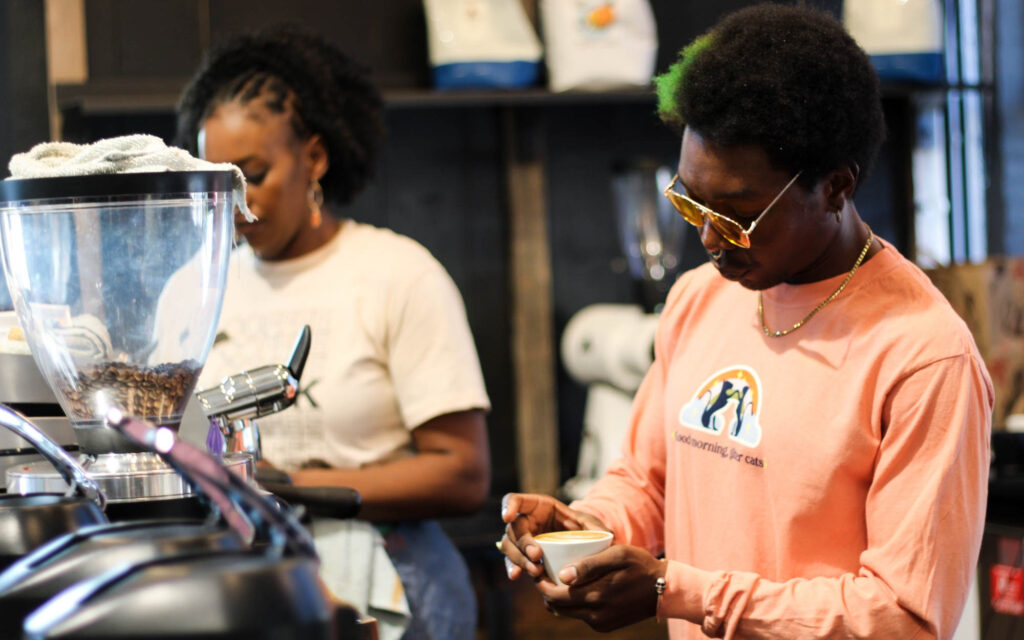Are tasting notes for specialty coffee going too far?

More than 800 volatile aromatic compounds have been identified in coffee,. In theory, this creates a somewhat endless number of possibilities when it comes to flavour and texture.
In 2017, World Coffee Research published the second edition of its Sensory Lexicon, which formally identifies 110 flavour, aroma, and texture attributes in coffee. These range from more traditional tasting notes, such as chocolate and brown sugar, to more unconventional flavours like pineapple and fermented.
Tasting notes play an important role in specialty coffee. Not only do they allow roasters to market their coffees more effectively, they also give consumers an idea of what their coffee will taste like – and thereby ensure consistency with sensory profiles.
In recent years, however, we have seen more and more unusual and unorthodox flavours appear on coffee packaging. Tasting notes such as melted chocolate ice cream, banana pudding, and even different brands of cereal have been referenced by roasters, as well as World Coffee Championship competitors.
So, we have to ask, are some tasting notes just too much? I spoke to Bartholomew Jones and Matteo D’Ottavio to find out more.
You may also like our article on whether coffee tastes different as you get older.
What are tasting notes?
When we talk about flavours in coffee, we often refer to three major characteristics:
Acidity
Sweetness
Bitterness
It should also be noted that in recent years, more and more specialty coffee professionals have also started referring to salty or umami characteristics in coffee. Umami generally refers to savoury flavours in food – such as meats, cheeses, fish, and mushrooms, to name a few. The term can also be used to describe mouthfeel, such as aftertaste, coating of the tongue, and “roundness”.
Alongside these four base flavour categories, coffee professionals around the world also use flavour or tasting notes to describe coffee. These are usually selected during cuppings, and can be found printed on the majority of specialty coffee packaging.
The idea behind this is to create reference points to describe coffee flavour and aroma. This is so that roasters can communicate to consumers how a particular coffee tastes.
In turn, customers can choose between different origins, varieties, processing methods, and roast profiles to find a coffee that best suits their taste preferences. For consumers who may be less experienced, tasting notes can also be a helpful way to understand more about specialty coffee.
Bartholomew Jones is a co-founder of Cxffeeblack. He believes including tasting notes on packaging is helpful for consumers.
“Tasting notes are an important part of the coffee experience,” he says. “They encouraged me to start drinking my coffee black.”
Matteo D’Ottavio is a coffee consultant and the 2020 and 2021 UK Brewers Cup Champion.
“Flavour notes allow the consumer to anticipate what they will experience with a specific coffee,” he tells me.
Common challenges with tasting notes
Although they can be useful reference points, by far the biggest challenge with tasting notes is that they are subjective and largely based on the opinions of a few coffee professionals.
Moreover, resources used to identify tasting notes, like the Specialty Coffee Association (SCA) Coffee Taster’s Flavor Wheel, tend to be more relevant for those in consuming countries (mainly Europe and North America) than people in producing countries. And while localised Flavor Wheels have been developed in places such as Taiwan and Indonesia, criticisms about lack of inclusivity with flavour notes in specialty coffee still prevail.
Similarly, the more specific flavour notes are, the less accessible the coffee can become. If consumers are not able to detect the specified tasting notes that are communicated to them, they are likely to feel frustrated or disappointed that their expectations weren’t met.
Fermented flavours
With experimental processing methods becoming more and more popular in recent years, industry professionals are identifying newer and more unusual flavours in coffee.
As well as more distinct and complex aromas and flavours, experimentally processed coffees tend to have different textures, too. Oftentimes, textures and mouthfeel aren’t accounted for when identifying tasting notes.
“From a sensory perspective, tasting notes often don’t consider mouthfeel or ‘drinkability’,” Bartholomew tells me. “They also don’t consider synergy – the way that some notes can complement one another.”
Some roasters, however, have started to include more descriptors of mouthfeel on their packaging, such as:
Syrupy
Well-rounded
Tea-like
Velvety
Heavy
Juicy
Bartholomew also believes that experimental processing methods can often lead to misperceptions about tasting notes – especially when they are used to develop specific flavours and aromas.
“When these processing techniques become the monolithic symbol of quality and are used to develop these ‘crazy’ flavour notes then it becomes exclusive,” he says. “You can lose a lot of people – farmers in particular – who can’t afford to produce or buy some of these more novel processing methods.”
Matteo, meanwhile, thinks more unconventional tasting notes are particularly useful when describing experimentally processed coffees.
“With the increasing use of these processing methods, we have started to experience more unusual, but at the same time, interesting flavour notes which aren’t included in the Flavor Wheel.
“Sometimes these specific and unusual flavours can be very obvious,” he adds.
Who chooses tasting notes for coffee?
Although some producers will provide flavour notes for their coffee, it is mainly roasters who identify and choose them.
Matteo explains how the process works.
“During sample cuppings, you can form a general idea of the kinds of flavours in the coffee,” he says. “But when cupping batches of roasted coffee, you tend to refine the tasting notes to be more specific.
“As a former barista, I used to inform customers of the tasting notes – even if they weren’t identical to the ones identified by the roaster,” he adds.
The fact that tasting notes are generally identified by roasters also leads to some other issues. Chief among these is that it retains more knowledge and marketing expertise in consuming countries, rather than allowing producers to add more value to their coffee.
“Many roasters depend on these flavour notes to market their coffees,” Bartholomew says. “Much of the marketing in specialty coffee is based on novelty, which is detrimental to the overall goal of specialty coffee.”
He adds that producers need to be more included when it comes to identifying and communicating the tasting notes of a specific coffee.
“People at origin who are growing coffee aren’t included in the conversation,” he says. “Their vocabularies or sensory reference points usually aren’t considered when roasters decide on these flavour notes, so a lot of the power lies with them.”
So, are some tasting notes just too much?
There are both clear advantages and challenges with using tasting notes in specialty coffee. But are some of them simply too much?
For instance, at the 2022 World Barista Championships, some competitors noted more unique and unconventional flavours in their coffees. Some of these included:
Crème brûlée
Baker’s chocolate
Yellow cake batter
Cream soda
Marzipan
Melted chocolate ice cream
Across the wider specialty coffee sector, it’s also becoming more common to see similar tasting notes on coffee packaging. This is particularly apparent with roasters in Western countries.
Given the specificity of these flavour notes, it’s important to question whether they are almost too subjective – and don’t accurately represent the flavours that consumers taste in coffee.
Bartholomew, however, argues that there is reasoning behind some of these more distinct flavour notes.
“When we put flavour on our packaging, we often refer to tasting notes that some people may consider obnoxious,” he tells me. “But for us and our community, it’s actually quite useful and referential.
“For example, we refer to flavours found in candy or carbonated, sweetened drinks, which many African Americans grew up eating or drinking,” he explains. “These communities may not have had access to fruits like persimmons or fresh mangoes when they were younger, so flavour references to consumer food brands can be helpful reference points.
“We also try to communicate the sensory experience of a specific coffee through art as well, including the colour and design of the packaging,” he adds. “All of these things can communicate to the customer how the coffee will make them feel – not just tasting notes that can be somewhat reductive.”
Do we depend on tasting notes too much?
Whether or not specialty coffee relies on tasting notes too much is difficult to answer.
For some industry professionals and consumers, flavour notes are the most important guiding points when purchasing coffee.
“When I buy coffee, I decide based on the flavour notes,” Matteo says. “Some days I prefer more fruity coffee, whereas I want more floral flavours on other days.”
Bartholomew, meanwhile, emphasises that while tasting notes are useful, more care should be taken when communicating them with some customers.
“The same tasting notes that lead to curiosity can also be used to create elitism and exclusivity in specialty coffee,” he explains. “So far, they have been one of the biggest determining factors for what is enjoyable or desirable about a particular coffee.”
Other ways to communicate sensory profiles
Matteo points out that communication between roaster and consumer is key to understanding more about coffee flavour.
“There should be more communication between roasters and their customers,” he says. “Providing more information about coffee, even digitally, can provide consumers with different tools to have a more informed sensory experience.”
He adds that because flavour notes can change based on a number of brewing variables, roasters need to do more to explain this.
“Water quality and hardness are crucial factors, but varying water quality results in different taste experiences,” Matteo explains. “So if a consumer brews a coffee with water which is of different quality to water that the roaster used then they might extract different flavours in the cup.”
Tasting notes clearly play a pivotal role in specialty coffee consumption. It’s unlikely that roasters and consumers will stop using and relying on tasting notes any time soon, but at the same time, conversations around how we use flavour notes are becoming more prominent.
Ultimately, no matter your opinion on tasting notes for specialty coffee, communicating them more effectively – as well as including producers in the conversation – contributes to a more equitable specialty coffee sector.
Enjoyed this? Then read our article on umami flavours in coffee: What should you expect?
Photo credits: Bartholomew Jones
Perfect Daily Grind
Want to read more articles like this? Sign up for our newsletter!
The post Are tasting notes for specialty coffee going too far? appeared first on Perfect Daily Grind.




Responses